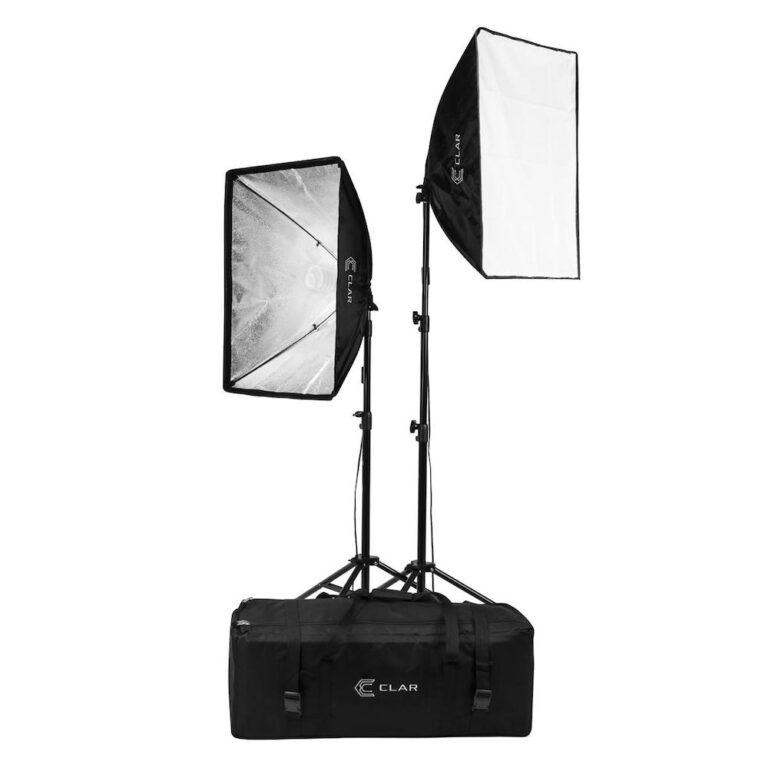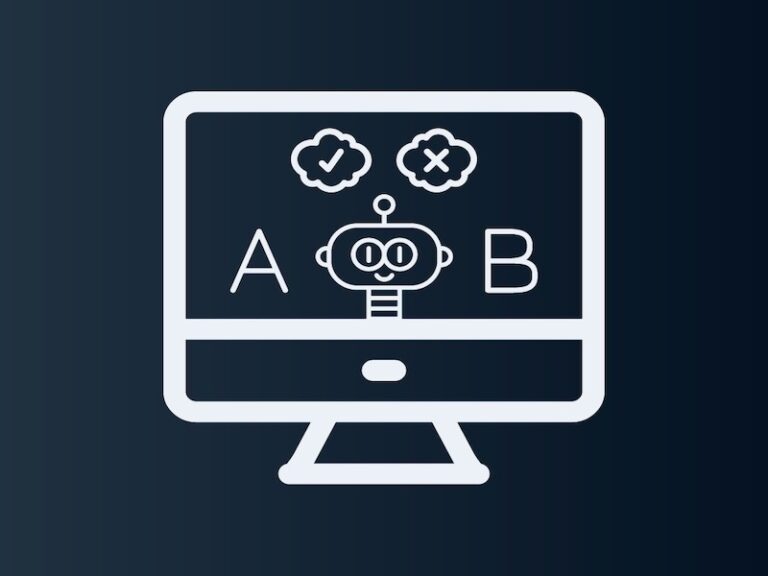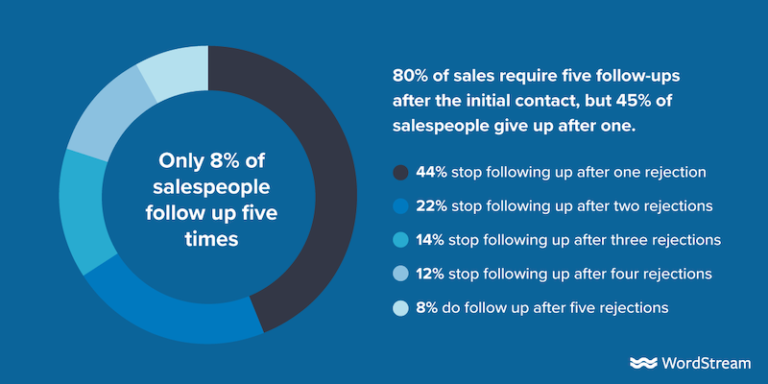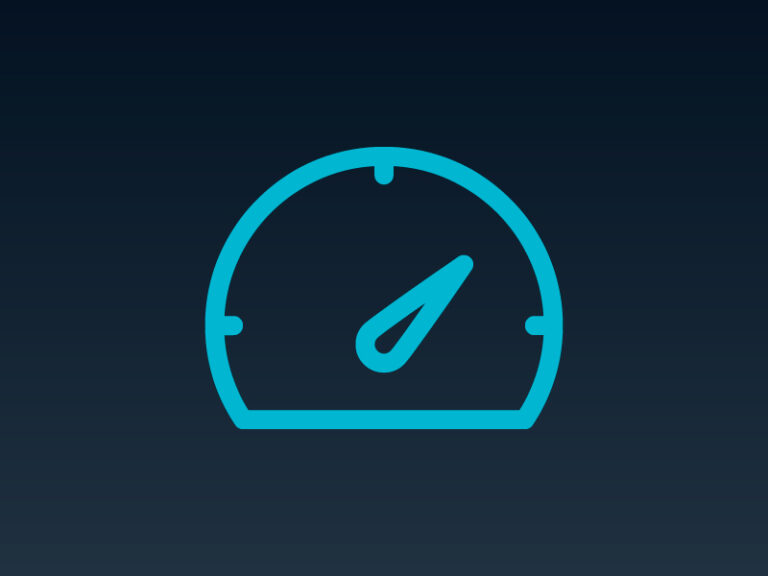The war for talent in digital and marketing is not new, but Friedlein described it now as ‘endemic’. He added that in his conversations with agencies and consultancies in the digital and marketing space, “there seems to be a common pattern over last year where they’ve been more profitable than usual and employees have been more productive which seems great except that they’re burning that talent and experiencing around 30% churn rates.”
Perhaps in part linked to our experiences of alienation during pandemic, Friedlein’s third new normal is about connections becoming more direct.
2022: Winning the war for digital talent
“Indeed, the growth in marketplaces recently has far outpaced even the outsized growth rate of ecommerce overall,” says Friedlein, mentioning the 130% growth of Etsy in 2020.
“Arguably this is a continuation of a trend already underway expressed as a back lash against Big Tech, a desire for more privacy and protection, a quest for authenticity and meaning, a push back against toxic and overwhelming social media etc,” he said.
Hybrid is here to stay
And finally, Friedlein included D2C as part of the ‘new normal’ of more direct connections. He cited how quickly established B2B brands are embracing direct ecommerce models, with L’Oreal now seeing close to 30% of its sales via ecommerce.
Figure 1: What alternative forms of measuring digital marketing campaign effectiveness is your company/are your key clients considering or currently using? Select all that apply
The war for talent intensifies
In the ‘Great Reset’ of 2022, said Friedlein, “we have to recognise what has changed for good and what we need therefore to get used to and get good at.”
And the potential for community extends across new business models in the creator economy, says Friedlein, or becoming an operating model for some businesses as part of the future or work, “or even a collective ownership or governance model as part of the broader ‘web 3’ shift”.
He referred to 2020, 2021 and 2022 as, respectively, the ‘Great Shock’, ‘Great Reflection’ and ‘Great Reset’.
Referring back to the idea of the ‘Great Resignation’, borne out by a 2021 Microsoft study which found that a staggering 41% of the global workforce was considering leaving their employer, Friedlein said that we’ll continue to feel its effects across 2022.
Econsultancy’s own research (figure 1) shows that a move towards using first-party data for measuring marketing effectiveness has been marketers’ primary reaction to these changes.
2022: The shift to first-party data
Connections become more direct
Friedlein is the CEO and founder of Guild, a professional messaging app, and community, he says, though not new – “some of you may remember the 3Cs of the dotcom book in the late 90s” – is back in fashion.
Research shows how preference for hybrid work is shaping employer policies, with Friedlein referencing The Economist’s The World Ahead 2022 report. The report states that before the pandemic 5% of work in America was done remotely and 27% of employers offered flexible hours. Now 40% of work is done remotely and 88%, virtually all, US employers offer flexible working hours.
Friedlein also noted the trend, particularly in tech, for recruiting remotely and internationally, which is seeing huge wage inflation in countries such as Romania and Bulgaria.
Renaissance of community
Niche marketplaces are growing quickly, and retailers, too, continue to launch their own marketplaces, offering marketers more opportunities to reach prospects and customers but, Friedlein says, “with more brand alignment, so a more ‘direct’ connection, than before.”
Whether as a reaction to the isolation of Covid, or a backlash against social media algorithms, or simply to get closer to prospects and customers, community startups are seeing big VC investment.
These are the new normals for 2022 in digital and marketing, according to founder Ashley Friedlein, speaking at Econsultancy’s first quarterly trends briefing of the year (subscribers can watch in full).
Shift to first party data
“A similar thing is happening in ecommerce where more ‘direct’, tailored and curated spaces are emerging – most notably marketplaces to cater for all sorts of things including B2B.”
“At the same time, speaking to recruiters in the world of tech, salaries for marketers in that sector (like growth marketers, performance marketers etc.) grew around 30% last year alone.”
“So more “walled gardens”, with more specific audiences, gaining in popularity,” as well as “big growth areas like gaming and retail media where advertisers can get close to prospects at the point of purchase and select partner brands for improved contextual advertising.”
There is a demand for flexibility. “And the interesting thing,” said Friedlein, “is that employees have the power. In marketing/digital, as with most other jobs it seems, it is a candidate’s market. So whether employers want to offer these levels or not… they have to in order to attract and retain talent.”
“In some cases people left jobs because of burnout, or because they no longer felt the deal they were getting was worth it. But also Covid caused many to reassess their lives and they realised they weren’t happy in their work, they’d become alienated from it, disconnected and disenchanted.”
More direct environments for advertising
Hybrid is here to stay. The war for digital talent intensifies. Connections become more direct.
Friedlein also points to this trend towards more direct, known, or niche audiences emerging within advertising and ecommerce.
“D2C is partly about new business models, partly about new operating and go to market models, partly about new customer experiences, but it is certainly also about getting and staying close to customers, and a big focus on improving customer experience, driven primarily through more direct access to their data and having this more direct connection with them.”

In the ‘Great Shock’ of 2020, “large companies in particular were surprised at how fast they could move when they really had to,” and we saw 10 years of digital transformation in a single year. Then came the ‘Great Reflection’ of 2021, where firms asked ‘Has all this changed our business model?’, and many employees reflected that actually they didn’t want to stay in their jobs (the ‘Great Resignation’).
Direct to consumer (D2C)
The shift towards first party data, another trend encompassed in ‘direct connections’, is driven in part by cookie death and privacy regulations.
This is playing out in marketing also in a number of ways…






